Interacting with Case Service Management - Agent
Interacting with a Case Service Management agent typically involves engaging with a customer service representative or support agent who is responsible for managing and resolving specific customer cases or issues. Here's how the interaction with a Case Service Management agent might typically unfold:
- Initiating Contact: You, as the customer, may initiate contact with the Case Service Management agent through various communication channels, such as phone, email, chat, or a self-service portal. This could be because you have a problem, a question, or a specific issue that needs attention.
- Providing Information: During the initial interaction, you'll need to provide relevant information about your case or issue. This might include your name, account number, order number, or a detailed description of the problem you're facing.
- Case Creation: The agent will create a case or support ticket based on the information you provide. This case serves as a record of your issue and is used to track its progress and resolution.
- Agent Assistance: The agent will work with you to gather more details about the problem, ask clarifying questions, and possibly troubleshoot the issue. They may also access your account information or system records to better understand the situation.
- Resolution Process: Depending on the nature of the case, the agent will take steps to resolve the issue. This could involve providing information, guiding you through troubleshooting steps, escalating the case to a higher level of support, or coordinating with other teams within the organization.
- Communication: Throughout the case management process, the agent will keep you informed about the progress of your case. They may provide updates on when you can expect a resolution or additional steps that need to be taken.
- Problem Resolution: The agent will work diligently to resolve your issue to your satisfaction. This may involve coordinating with technical experts, engineers, or other specialists if necessary.
- Feedback and Closure: Once the issue is resolved or the case is closed, you may be asked for feedback on your experience with the support process. Your feedback helps the organization assess the quality of its customer service and make improvements.
- Follow-Up: In some cases, the agent may follow up with you after the case is closed to ensure that the issue has been fully resolved and that you are satisfied with the outcome.
Case Form View
Navigate to CSM > Cases in the left navigator.
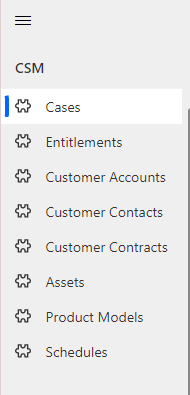
CSM Entities
New Case
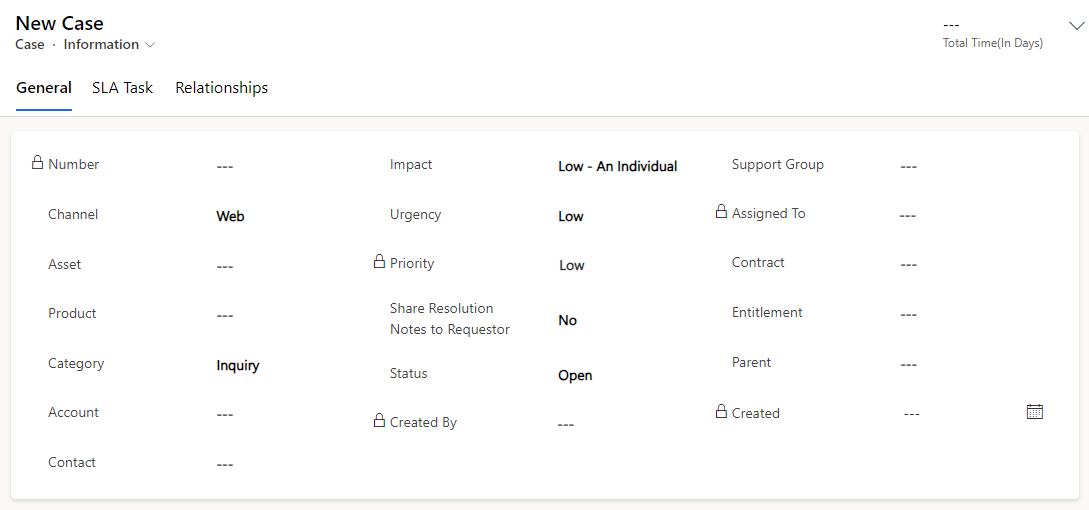


New Case Form
| Field | Description |
|---|---|
| Number | Unique auto generated number. |
| Channel | Channel from where the case is created. |
| Asset | Related asset can be selected. |
| Product | Related product can be selected. |
| Category | Related category can be selected. |
| Account | Related account can be selected. |
| Contact | Who initiates the creation of a case. |
| Impact | Specify the impact. |
| Urgency | Specify the urgency. |
| Priority | Specify the priority. |
| Share resolution notes to requester | Specify the share resolution notes to yes or no. |
| Status | Status of the case. |
| Support Group | Support group who will work on the case. |
| Assigned To | Who will work on the Case |
| Contract | Related contract can be selected. |
| Entitlement | Related entitlement can be selected. |
| Parent | Parent of the case. |
| Short Description | Brief about the case. |
| Description | Detailed about the case. |
| Work Notes | Specify the work notes |
| Additional Comments | Customer visible notes |
| Informed Users | Who all should notify |
SLA Tab
SLA stands for "Service Level Agreement." An SLA is a formal commitment or contract that defines the level of service a customer can expect to receive from a service provider, such as a customer support or service management team. SLAs are commonly used to set expectations, establish performance metrics, and ensure that service providers meet certain standards when handling cases or requests.

Relationship Tab
Here related incidents can be created.

Here related problem can be created.

Here related change can be created.

Here related request can be created.

Here related knowledge can be created.

Entitlement
In the context of customer service and case management, an "entitlement" refers to a set of rights or privileges that a customer or user is entitled to based on factors such as their subscription or service agreement, product warranty, or specific customer category. Entitlements are often used to define the level of support or service a customer is eligible to receive, and they can include various benefits and limitations.
Entitlements are essential for managing customer expectations and ensuring that customers receive the level of service and benefits they have paid for or are entitled to based on their contractual agreement. Customer service and case management systems often incorporate entitlement tracking to enforce these entitlements, helping companies deliver consistent and compliant support to their customers.
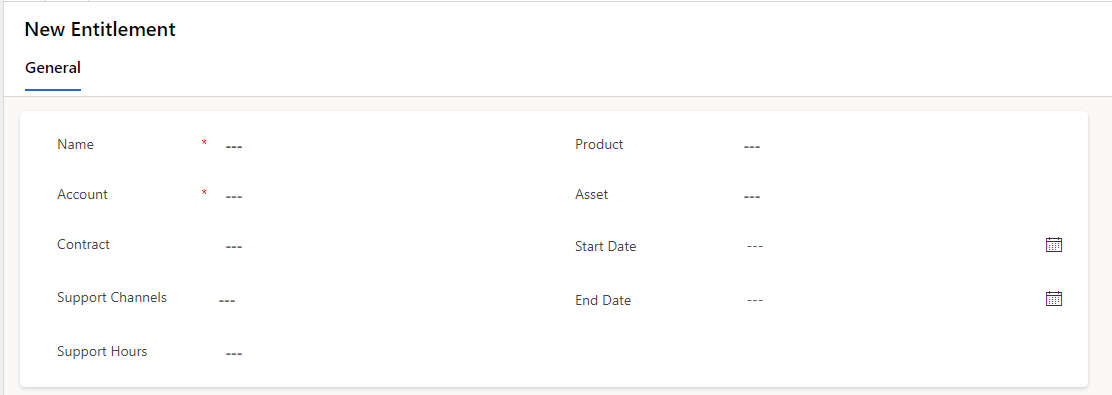
New Entitlement Form
Customer Accounts
A customer account is a record or profile that a business or organization maintains for each of its customers. Customer accounts are used to store important information about individual customers, including their contact details, purchase history, preferences, and other relevant data. These accounts serve several purposes, such as facilitating transactions, providing personalized service, and managing customer relationships effectively.
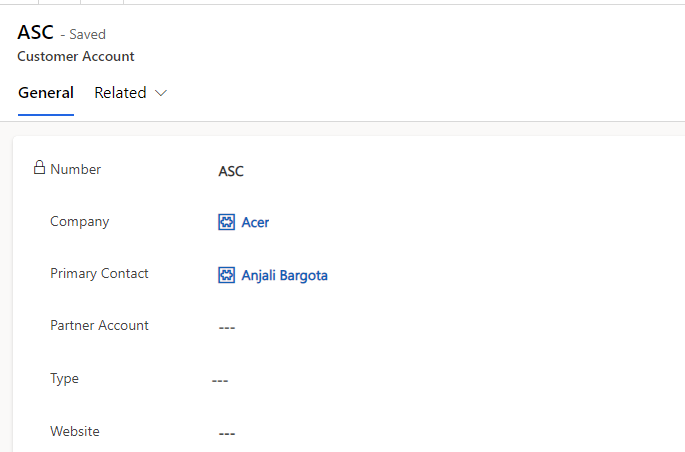
New Customer Account
Customer Contact
Customer contact refers to any interaction or communication between a business or organization and its customers. These interactions can occur through various channels and touchpoints and are essential for building and maintaining customer relationships. Effective customer contact can lead to increased customer satisfaction, loyalty, and business success. Here are some common forms of customer contact:
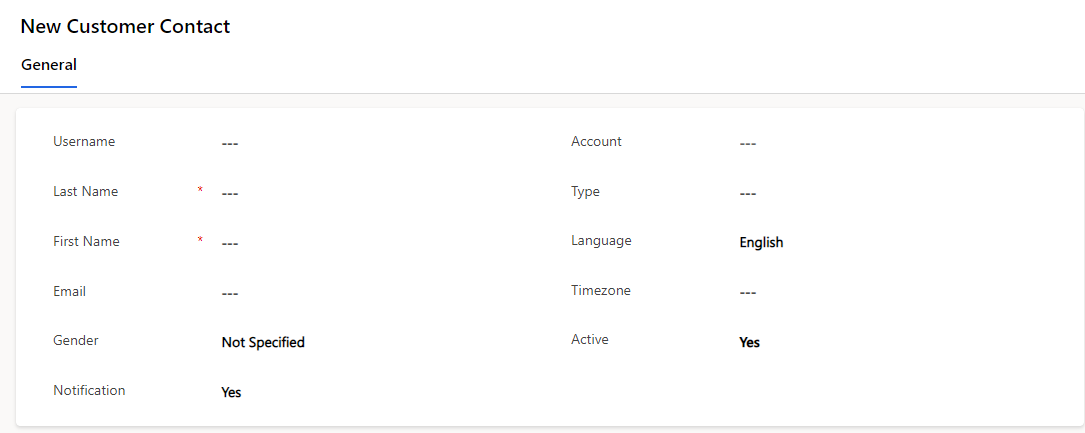
New Customer Contact
Assets
assets refer to the components, resources, and functionalities that contribute to the effective management of customer interactions and support processes. These assets are integral to delivering efficient and high-quality customer service.
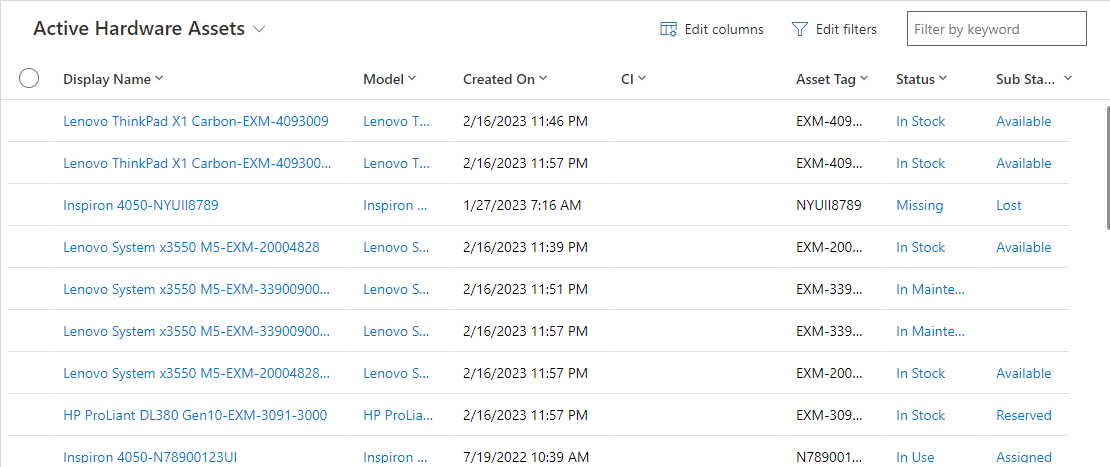
List of Assets
Product Models
customer service, "product models" typically refer to specific versions or variations of a company's products or services. Managing product models is important for customer support as it helps agents understand the specific details and features of the products or services customers are using, enabling them to provide more effective assistance
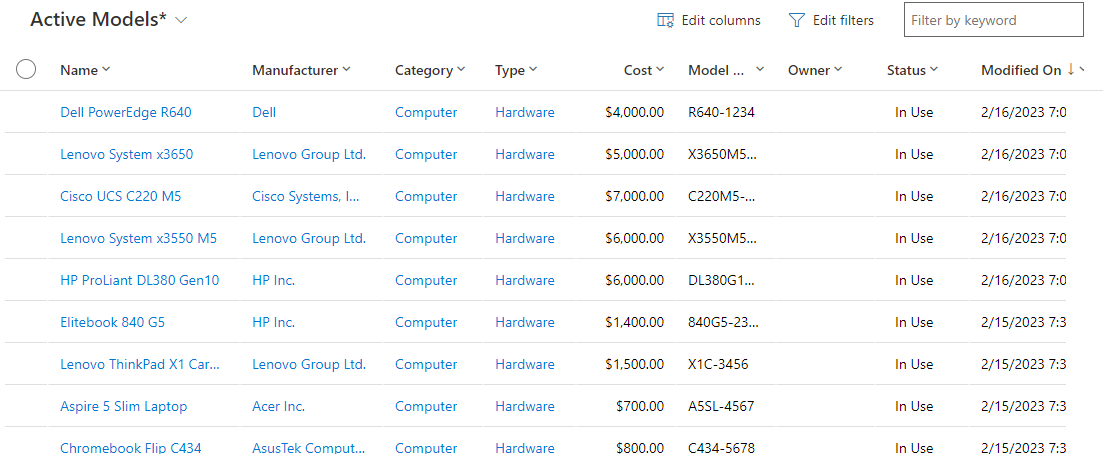
List of models
Schedules
Scheduling in customer service refers to the process of planning and allocating resources, such as customer support agents and operational tasks, to ensure efficient and effective service delivery to customers. Effective scheduling is crucial for meeting service level agreements, optimizing resource utilization, and providing timely assistance to customers.

List of schedules